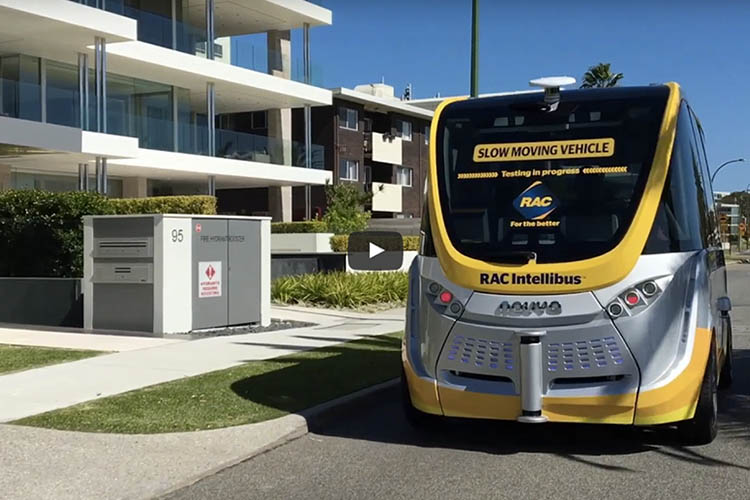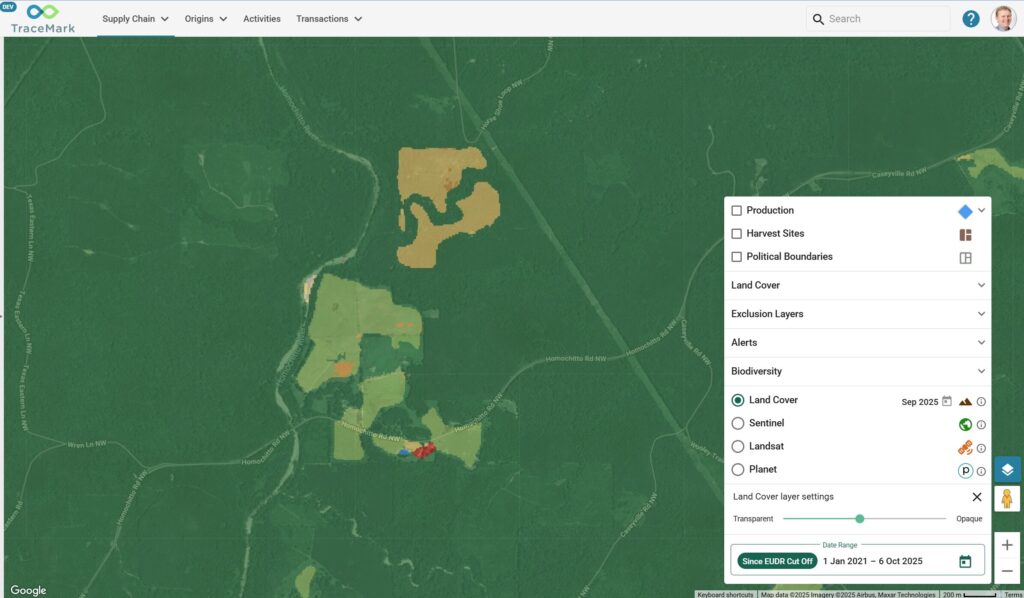Driverless cars will change how we live

Riding the RAC Intellibus – a view to the future
I went on the RAC Intellibus in March to see what the future of driverless vehicles might look like. The future is very bright and it is going to change how we live in ways that we might not expect.
The bus ride itself was extremely smooth and I felt safe driving along the shared road in South Perth, which is always busy with pedestrians, cyclists and other cars.
Rather than feeling strange to have no driver, it felt like we were on a train carriage where the driver was elsewhere – only this time it wasn’t human.
The chairs in the bus all faced each other and I can easily imagine a board room table being in between them. The future uses for vehicles will likely blossom in ways we currently can’t imagine.
A new era
The transition to driverless cars will be as significant as when we tethered the horse and cart for the last time and started up the petrol engine. Cities will be different.
The impacts on safety are going to be enormous to begin with – computer driven vehicles guided by a range of sophisticated sensors will be quicker to react to a threat than humans could ever be. Self driving cars don’t change the way they drive if they have had a bad day and they don’t get intoxicated.
Self driving cars will negate the need for road signs and traffic calming devices: you don’t need to force a computer to follow the rules by making their ride more uncomfortable with a speed bump. They can also adapt to the conditions on the road and choose a safe speed to drive at.
When the majority of cars are self driving, we won’t need parking spaces. The oodles of space sacrificed in our cities so we can leave our cars there for the majority of the day could be used as green space or bike lanes or for new structures. An artist’s impression of the new streetscape would include a cafe strip.
Building blocks
Of course this isn’t going to happen overnight – there will need to be advances in the technology available in cars that regular people can afford. Assuming the fleet of the future is electric, battery technology will need to improve and become cheaper.
More immediately we need legislative changes to allow early adopters of driverless vehicles the space they need to try new things and take steps into this new era of transport. When we have some runs on the board with driverless vehicles people will be less apprehensive about them and the real world problems we all anticipate with such a momentous change will start getting solved.
I’m excited.
Related Articles
Here are more related articles you may be interested in.







